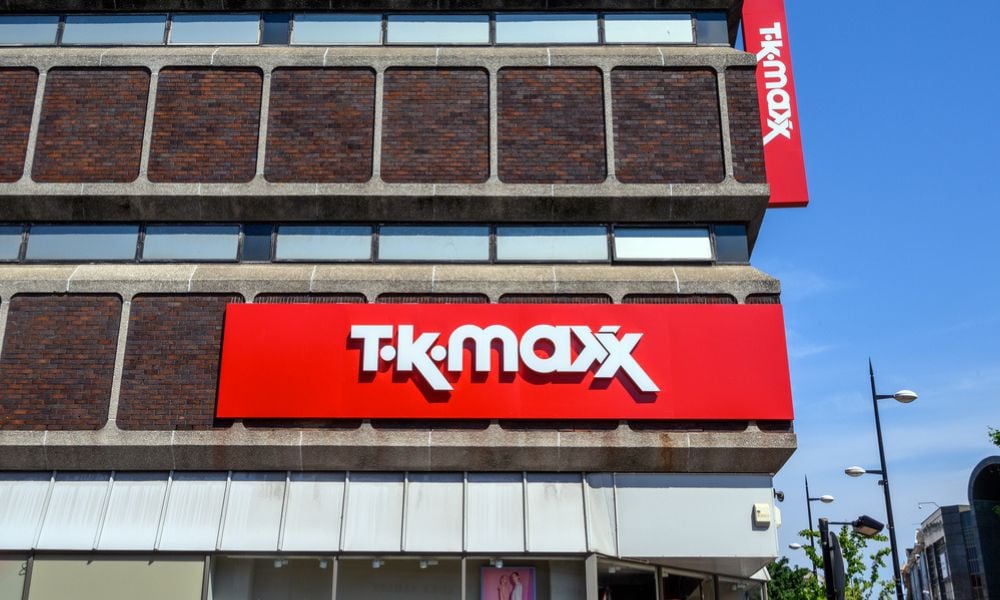Q. We have a large employee base and currently run a top achiever program. We are not achieving the employee engagement and productivity target expected. How can we improve program performance?
Q. We have a large employee base and currently run a top achiever program. We are not achieving the employee engagement and productivity target expected. How can we improve program performance?
A. Motivating a large employee base can be a challenge that a reward and recognition program can help address. When putting in place such a program it is essential to design your program so it is both aligned with your business strategy and targets the right audience to create the outcomes you seek.
On average, only about 8 to 10 per cent of an employee base could be described as top achievers. They are already highly engaged and productive. And they are usually the same group of people, year after year.
Traditionally, top achievers are nominated and rewarded monthly, quarterly or annually for their efforts. The rewards are often large in dollar value and in prestige. The nature of a top achiever reward strategy is that a small number of employees are nominated, and even fewer are chosen. Top achiever programs create a public display of the behaviours, traits and outcomes the business is seeking.
Thus, a top achiever program will work very well to gain some productivity improvements and increase employee engagement among this group of employees. Public nominations and award ceremonies are also powerful vehicles for providing a leading example of “model employee behaviour” to all employees.
A top achiever program, however, in isolation of other reward and recognition strategies, will not have the desired effect of motivating your broader employee base, and, in fact, could do the opposite and create cynicism or disengage your workforce.
Focusing on the 70 to 75 per cent of staff who consistently perform well, but would not be classified as top achievers, can create the biggest shift in engagement and productivity.
This is not just because this group makes up the greater percentage of your workforce. Their engagement scores are likely to be much lower than the highly (self) motivated top achievers.
Of course, perceived challenges may arise when rewarding this amount of people. The first challenge may be simply a case of affordability. How do you motivate a large number of people within a reasonable budget? Other considerations include budget allocation, business rules, administration, rewards and appropriate guidelines across business divisions and management.
Developing the concept of who to reward, for what and how much – and how those results are measured –may seem daunting.
By keeping rewards small, but still awarded quite consistently, you can maintain an affordable budget required for a successful program. The budget challenge is overcome using innovative and other “softer” types of recognition, as opposed to simply rewarding employees – reward on its own will be much less powerful than the recognition elements.
Saying “thank you” at the monthly staff meeting, for example, helps build a strong culture of performance that will become deeply ingrained in the business.
Reward and recognition specialist firms can offer assistance for program strategies, recognition ideas, rewards sourcing, benchmarking and administration. Many offer online reward and recognition programs that help simplify program management across large employee bases and create a strong “presence” of an R&R program, which can sometimes be lacking.
Employees are also a source of valuable insights. Ask them what they like, dislike, how they feel the program is communicated, if it is accessible, easy-to-use, fair and equitable – but, most of all, how it can be better utilised to motivate them. Use this feedback, coming from exactly the people you’re trying to reach and make your program the best it can possibly be.
By Adrian Finlayson, CEO of accumulate. 1300 733 725. www.accumulate.com.au








